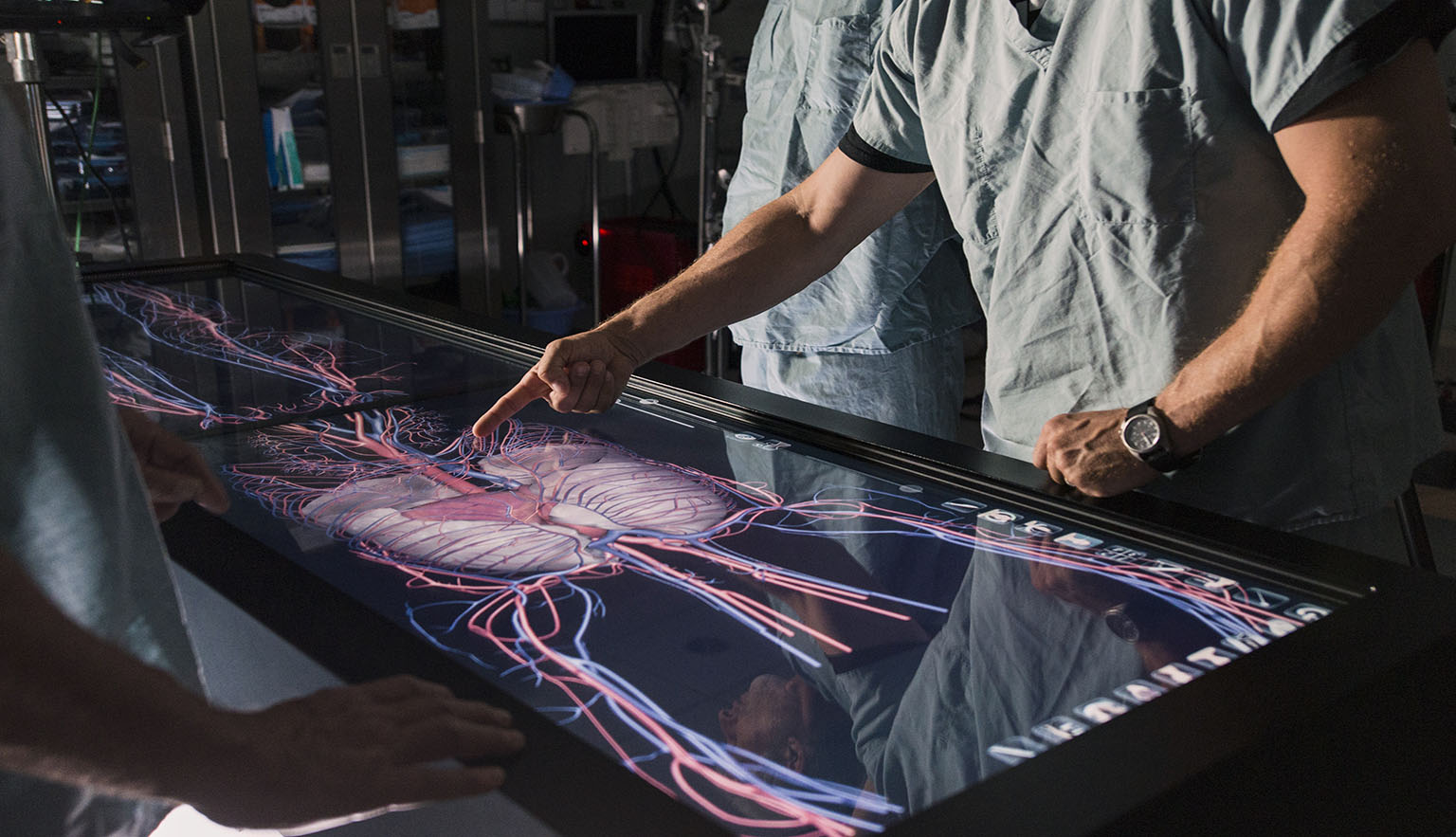Expanding the Number of Lungs for Transplant as COVID-19 Increases Demand: One-Minute Interview with Mayo Clinic’s Dr. Jorge M. Mallea
August 21, 2020 – By Jared Mueller, Director – Mayo Clinic Innovation Exchange
Hundreds of needy patients die annually — or are removed from the waitlist when their illnesses become too severe — while waiting for a lung transplant in the U.S. alone. This shortage will only be exacerbated by a global pandemic affecting the lungs of millions of COVID-19 survivors. This year, numerous survivors of COVID-19 have required lung transplants. In one widely reported case, even a previously healthy American in her twenties required a double-lung transplant this summer.
Dr. Jorge M. Mallea serves as the medical director of a new facility on the Mayo Clinic in Florida campus, operated in conjunction with Lung Bioengineering (a subsidiary of United Therapeutics Corporation), which seeks to increase the number of lungs available for transplant every year. Ex-vivo lung perfusion and other emerging technologies offer mechanisms to reassess lungs that otherwise may not be transplanted. A pulmonologist at Mayo Clinic since 2011, Dr. Mallea has worked with numerous patients with end-stage lung disease whose lives have been endangered by the national shortage in donor lungs.
Q: Currently, less than 25% of donated lungs are eligible for transplantation. How does ex-vivo lung perfusion help increase that number?
JM: Experience with standard lung transplants shows that there is typically a six-hour window to transplant lungs into a recipient, after the lungs have been recovered from a donor. Given lungs suffer more than other organs do from brain death, many lungs of uncertain health are never transplanted due to the short timeline for potential transplantation — or due to an inability to completely assess their function at the time of retrieval. Ex-vivo perfusion can help extend that six-hour timeline. With that extra time, experts at a facility like ours on the Florida campus can thoroughly evaluate the donor lung(s) and determine if the lung(s) meet the threshold to be transplanted into a needy recipient.
Q: How did the collaboration with United Therapeutics come together to build this facility?
JM: Mayo Clinic has one of the country’s largest and most experienced transplant practices. We have more than 200 physicians in transplant medicine and surgery across our Arizona, Florida, and Minnesota campuses, and have a track record of survivorship outcomes that materially exceed national benchmarks. Our relationship with United Therapeutics was fostered by meetings between the Chairman and Chief Executive Officer, Dr. Martine Rothblatt of United Therapeutics, and Dr. Thomas Gonwa (Emeritus) and Dr. Cesar Keller (Emeritus) of Mayo Clinic, after identifying common goals to increase the availability of organs for transplantation.
Dr. Rothblatt has a personal connection with Mayo Clinic’s high standard of care. When the agreement to construct this facility was announced in 2015, Dr. Rothblatt told our Mayo colleagues: “Mayo Clinic was uniquely able to save my father’s mobility after a car accident fifty years ago, and I have held them in awe ever since.”
Q: Can you describe how your work with colleagues at Mayo Clinic’s Center for Regenerative Medicine has informed the development of your research agenda?
JM: On this campus, I am working with Dr. David Erasmus, Dr. Abba Zubair, and others to ascertain if mesenchymal stem cells can be administered to patients with lung diseases — including transplant recipients — to decrease the progression of their disease. One day, these stem cells could also potentially be applied during ex-vivo lung perfusion to improve lungs’ suitability for transplant.
Innovations like these will become even more important if — as we fear — the demand for lung transplants will continue to expand due to lung damage sustained by COVID-19 survivors.
Q: What breakthrough innovations in healthcare delivery or technology excite you most?
JM: I see in the near future the use of cell and cell-derived therapies (including extracellular vesicles and CAR-T cells) becoming part of our usual armamentarium to treat different diseases, particularly respiratory diseases.
In regards to ex-vivo lung perfusion, I believe it is the perfect platform to test new therapeutics: from drugs to bioengineering lungs, and to organs for xenotransplantation. In the intermediate future, I also believe that ex-vivo lung perfusion will be a valuable tool to regenerate lungs through cross-circulation and similar technologies.

